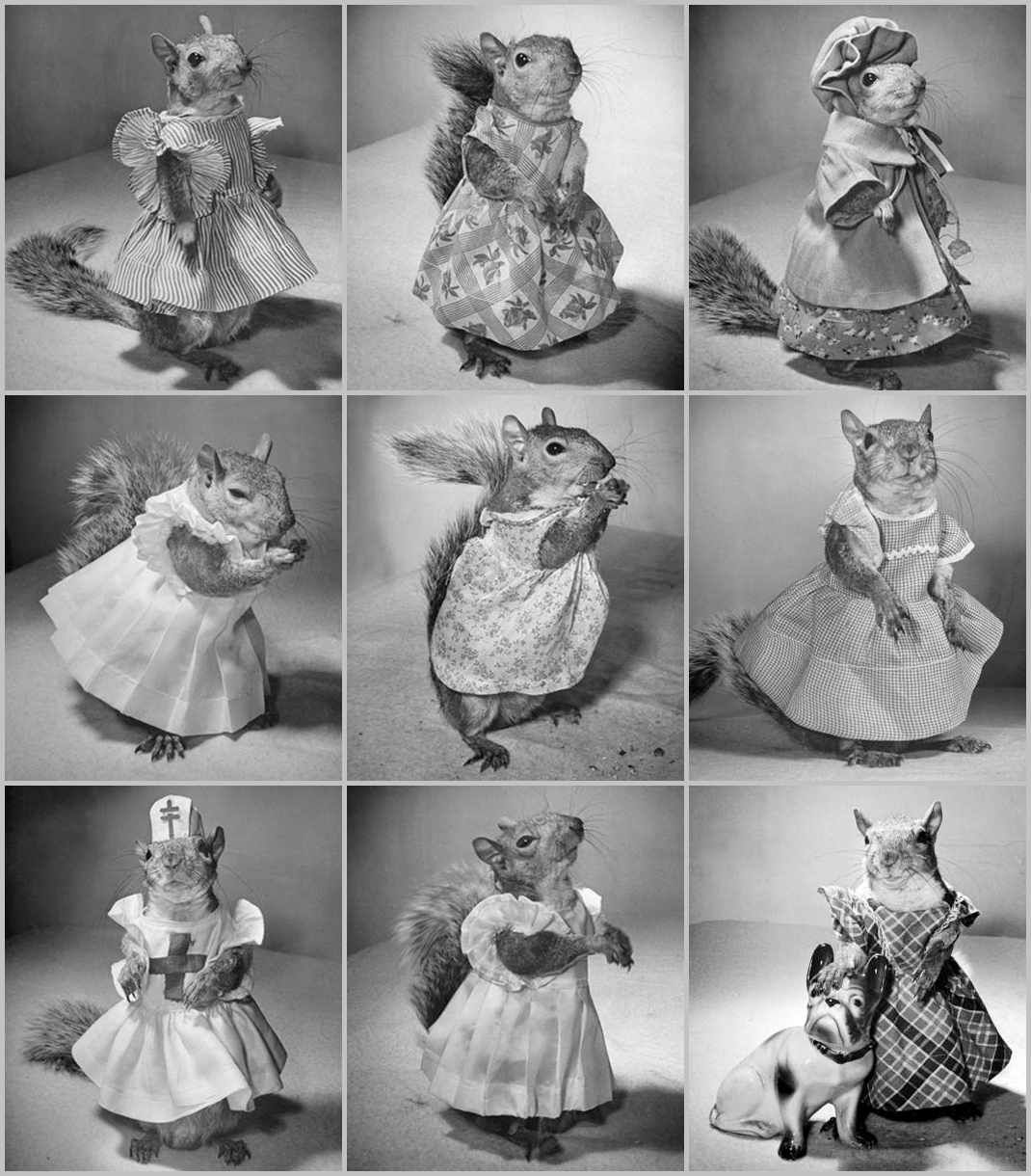
Suppose k runners are running around a circular track that’s 1 unit long. All the runners start at the same point, but they run at different speeds. A runner is said to be “lonely” if he’s at least distance 1/k along the track from every other runner. The lonely runner conjecture states that each of the runners will be lonely at some point.
This is obviously true for low values of k. If there’s a single runner, then he’s lonely before he even leaves the starting line. And if there are two runners, at some point they’ll occupy diametrically opposite points on the track, at which point both will be lonely.
But whether it’s always true, for any number of runners, remains an unsolved problem in mathematics.




